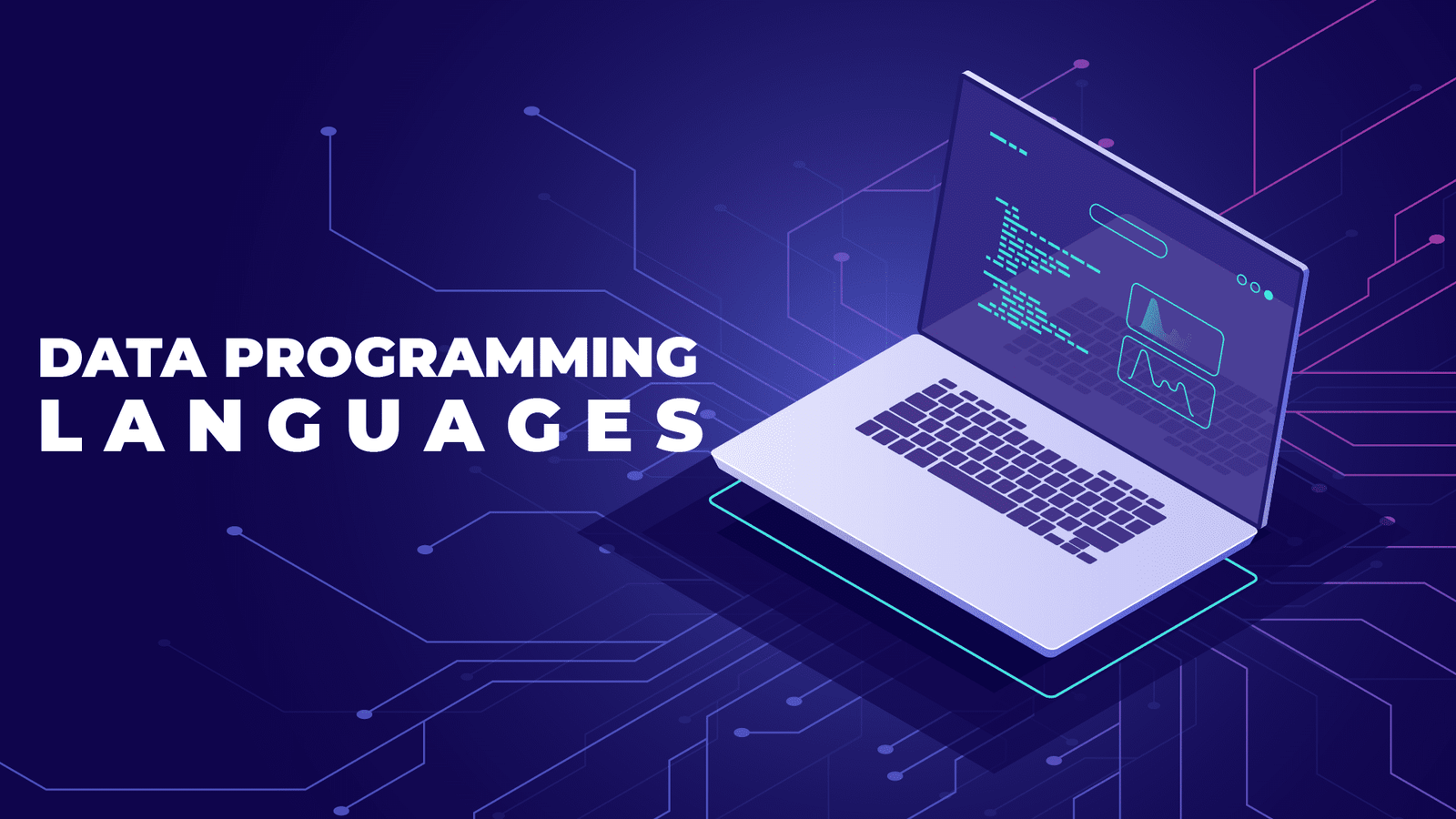With data science making the phenomenal lead towards the proficient output, certainly requires prominent inputs too. But what these inputs are? Here, programming languages act as the input, no single programming language can complete the data science theory. The varying customization requires varying coding libraries too.
As a result over the year, many programming languages have been introduced to ensure no gap remains unfilled and no scope remains underutilized. The several options in the row often lead to dilemmas and surprisingly so is the case with programming languages too. So, what helps to ditch this dilemma and choose the best pitch to create a successful niche? The answer is following factors help to develop clarity for choosing the suitable amongst all.
• The type of tasks that data science requires programming language to perform.
• The application methodology of data science in the given organization.
• The priority objectives of the company.
• The complexity of the project.
• The educational expectations from the programming language.
Figuring out the answers to these points provides a structured approach to choosing the suitable programming language to create better output.





